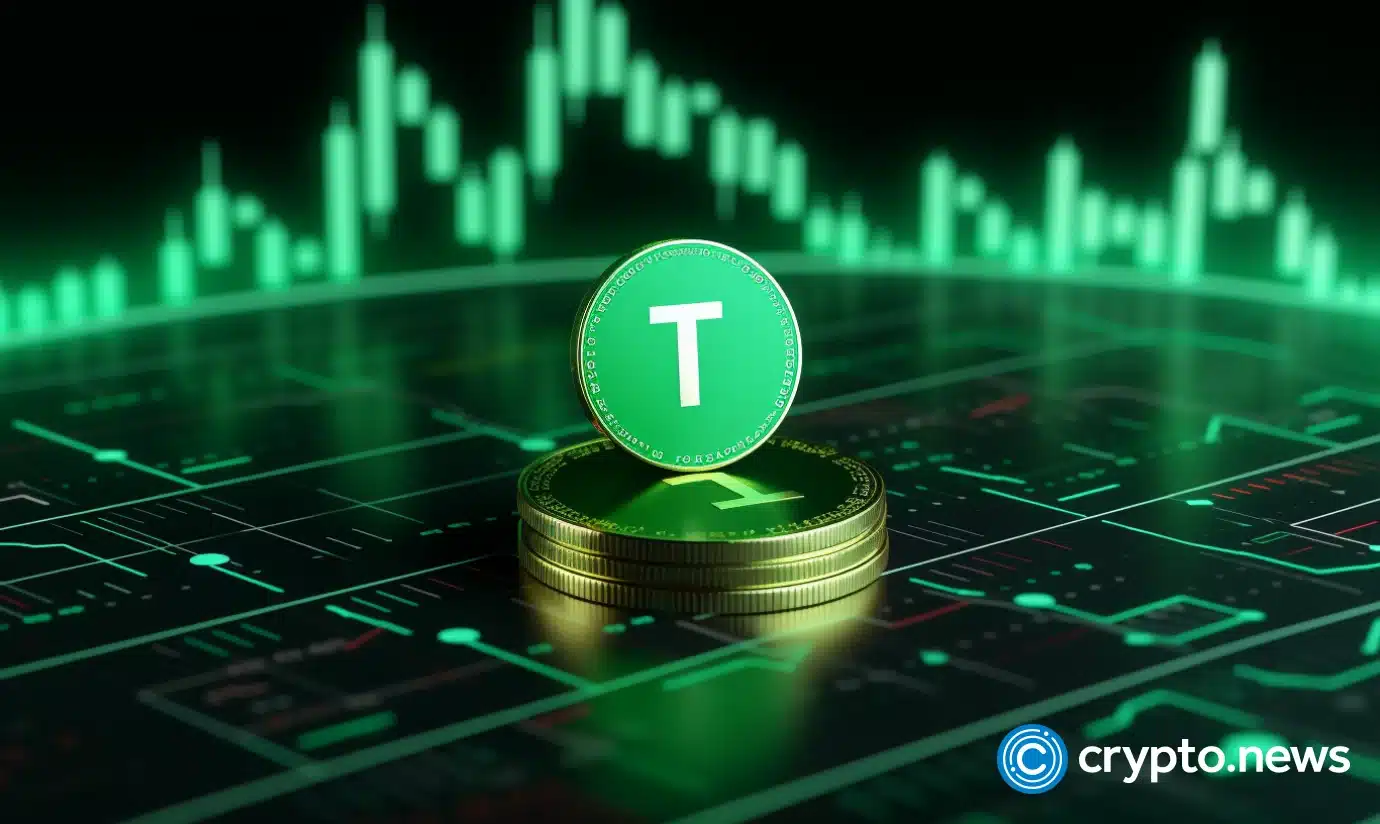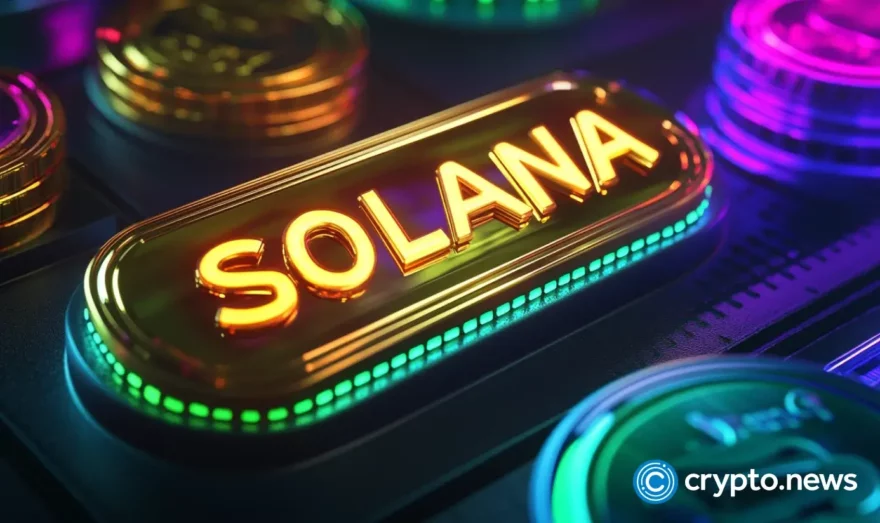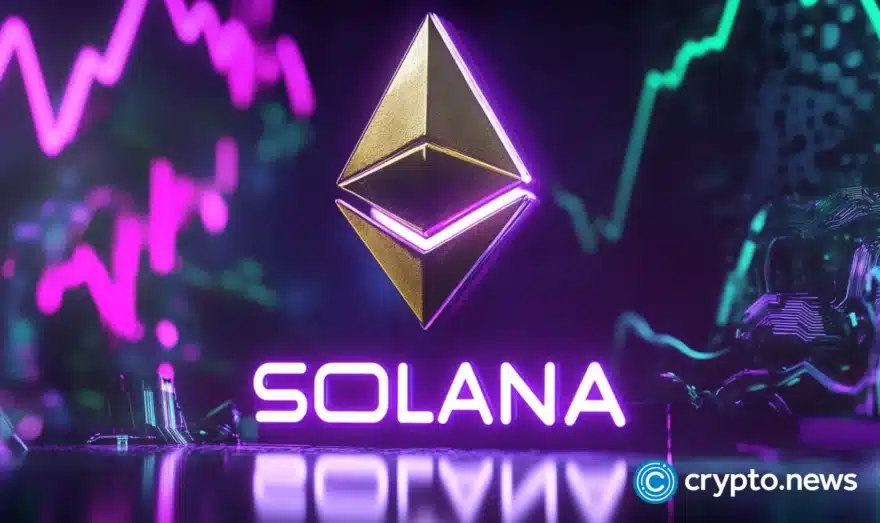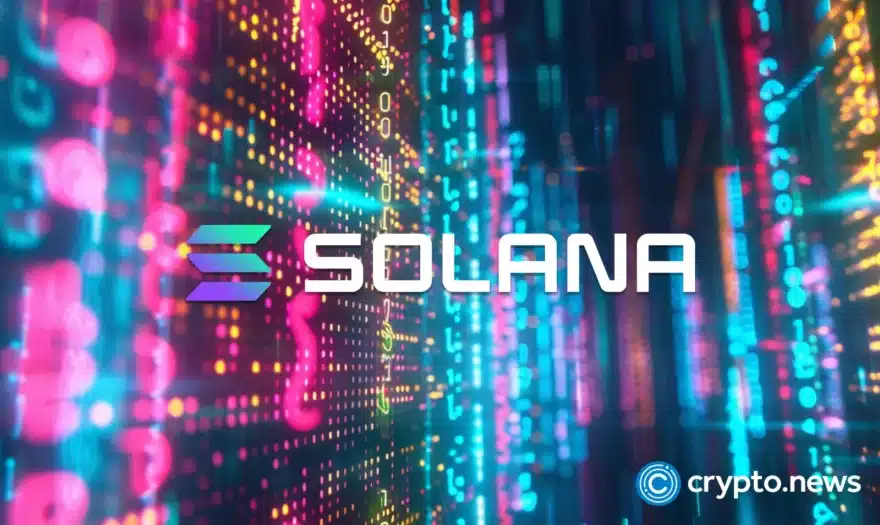USDT reaches $85b market cap, is DAI better?

In crypto, stablecoins such as Tether (USDT) and DAI vie for dominance. Tether recently hit a noteworthy milestone with an $87.54 billion market cap. However, some argue that decentralized tokens like DAI offer superior features.
This article delves into the critical distinctions between them.
Tether: overview and market performance
Tether, the oldest and largest stablecoin, aims to provide crypto as reliable as traditional fiat currencies like the USD, leveraging blockchain technology.
Its stability is maintained by pegging each USDT token to $1, backed by Tether’s reserves.
However, Tether faced a stability test in May 2022 when the collapse of another stablecoin, TerraUSD (UST), triggered a substantial redemption of over $10 billion USDT.
This incident briefly led to USDT depegging to $0.95, prompting concerns about stablecoin volatility and calls for increased transparency regarding Tether’s reserves.
DAI: the decentralized challenger
DAI, a stablecoin designed to maintain a steady value close to the USD, addresses the common issue of crypto volatility.
Operated by MakerDAO, a decentralized entity, DAI ensures stable value through regulating its supply.
Maker (MKR) holders can participate in MakerDAO’s decision-making process, lending a democratic aspect to its governance.
DAI is regulated by MakerDAO, which holds a range of cryptocurrencies like Ethereum (ETH), Bitcoin (BTC), Basic Attention Token (BAT), and USDC as reserve assets. These assets function as collateral, against which new DAI are issued as debt.
This process of collateralization is integral to maintaining DAI’s stability.
DAI can be acquired by purchasing it on the open market or depositing supported collateral assets with MakerDAO and receiving DAI as a loan against this collateral.
Is DAI better than USDT?
The choice between DAI and Tether depends on individual preferences for decentralization, transparency, and use cases:
- Issuance and regulation: USDT is issued by a single entity and requires users to undergo know-your-customer (KYC) procedures. However, DAI allows individuals to create a new coin by depositing crypto with MakerDAO.
- Use Cases and flexibility: DAI’s decentralized model offers use cases like hedging against market volatility and facilitating instant crypto transfers. USDT’s centralized model assures users the ability to redeem tokens for fiat currency.
- Transparency and trust: Tether has faced scrutiny and calls for more transparency regarding its reserves, especially following market events that affected its stability. DAI’s operations through a decentralized autonomous organization (DAO) are seen as aligning more closely with the ethos of crypto, appealing to those who favor decentralization.
Exploring a new token
USDT and DAI preserve funds, while projects like Meme Moguls, on the other hand, can offer gains.
Meme Moguls, which plans to launch a meme-backed stock market/exchange, combines crypto trading with meme culture.
It features a wealth leaderboard, staking pool, and community engagement and aims to enhance user experience.
With an initial price of $0.0019 and a smaller market cap than established tokens like Bitcoin (BTC) and Ethereum (ETH), Meme Moguls’ MGLS, supporters assert, has more growth potential. Accordingly, investors can explore.
Disclosure: This content is provided by a third party. crypto.news does not endorse any product mentioned on this page. Users must do their own research before taking any actions related to the company.














